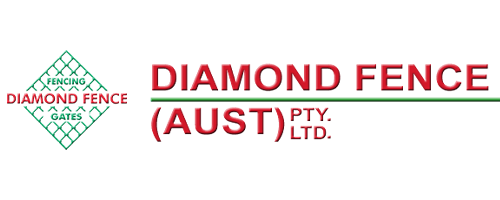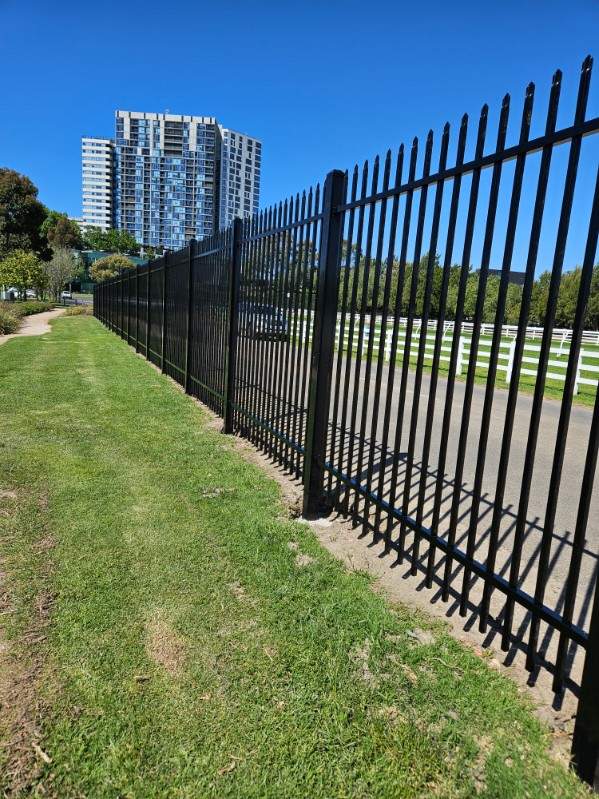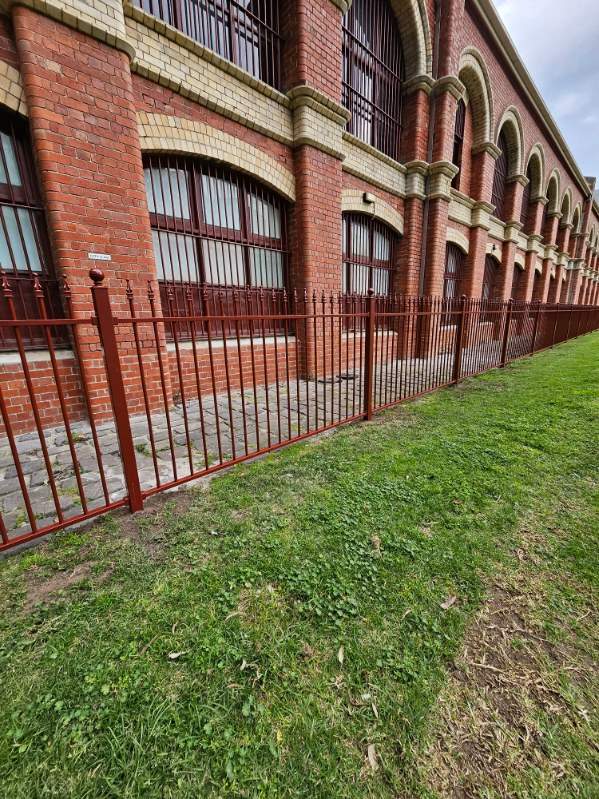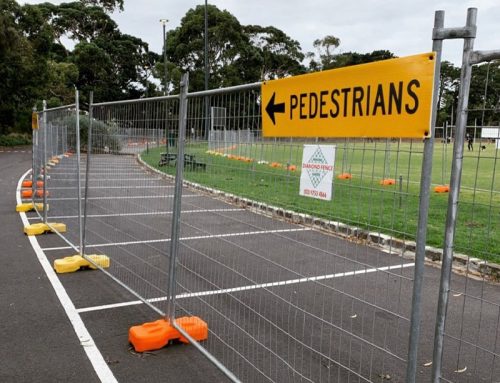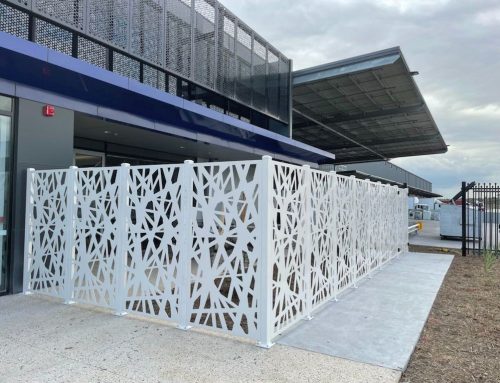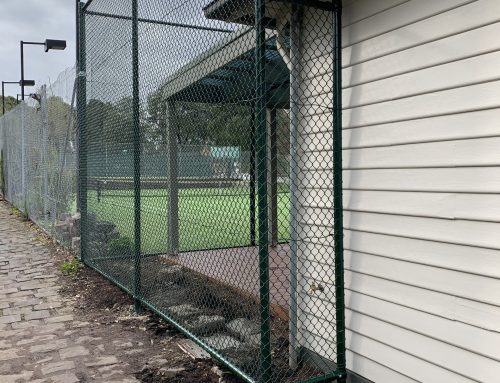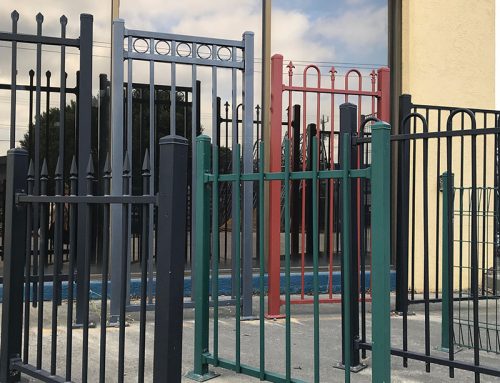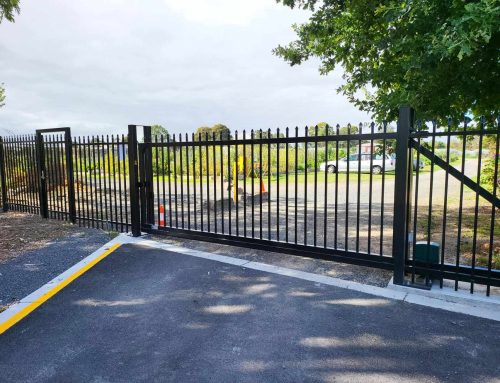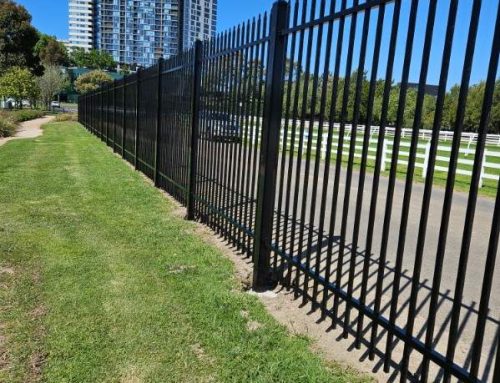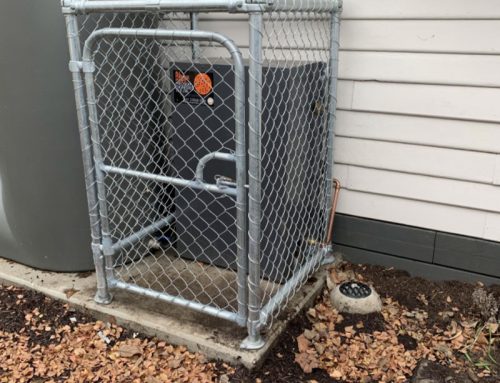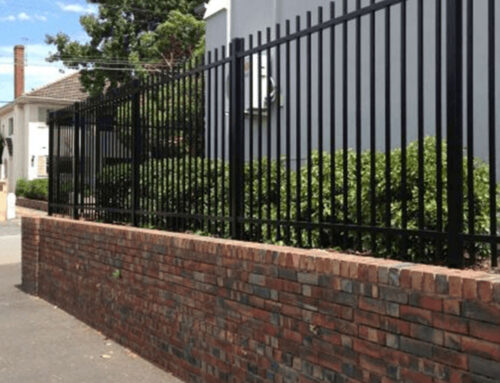In the world of different fencing solutions, galvanized steel fencing emerges as the uncompromising protective barrier. It has changed the landscape of fencing with its strength and timeless appeal.
In this fencing blog, we will focus on finding out what galvanized steel is, and some practical advantages and applications of galvanized steel fences. Further, we will explore the difference between galvanized fences and other fencing materials. Lastly, we will leave the reader with some maintenance tips.
What is galvanized steel?
Galvanized steel undergoes a process that is called galvanization. During this process, a protective layer of zinc is applied to its surface. Forming a strong bond between the zinc and the steel, a durable barrier is created that shields the steel from corrosion.
Therefore, galvanized steel fencing is highly resistant to rust. Rust resistance also makes it an excellent choice for various other applications.
The protective zinc provides long-lasting durability and requires minimal maintenance, making galvanized steel a cost-effective and sustainable solution material, especially for outdoor use.
Benefits of Galvanized Steel Fencing
Galvanized steel fencing offers many benefits. Below are just a few:
- Highly corrosion resistant
- Longevity of the fencing
- The durability of the fencing
- Low-maintenance fencing type
- Versatile
- Cost-effective in the long run
- Aesthetically appealing
- Sustainable (recyclable)
Applications
Galvanized steel finds applications across other industries as well. It is known for its durability and corrosion resistance. Here are some applications of galvanized steel other than fencing:
- Construction of buildings, bridges and other infrastructure projects.
- Manufacturing vehicle parts and components in the automotive industry.
- Transmission towers for power lines.
- Water and sewer systems (galvanized steel pipes)
- Outdoor furniture
Comparisons with Other Materials
There are some differences when comparing galvanized steel to some other popular fencing materials, such as timber, vinyl and aluminium.
Compared to timber, galvanized steel is resistant to rust, durable, low maintenance and has a long lifespan. However, the initial cost is much higher. Timber fencing, on the other hand, has that natural aesthetics and the initial cost may be lower compared to galvanized steel fencing.
When you compare galvanized steel to vinyl, this fencing material also requires minimal maintenance and is resistant to rot and insects. However, vinyl can become brittle over time, and has limited colour options.
Compared to aluminium, steel is much heavier. Yet, steel is a stronger fencing material.
Maintenance Tips
Performing regular maintenance tests is essential. That helps to ensure the longevity and effectiveness of galvanized steel fencing.
Here are four maintenance tips:
- Conduct regular visual inspections to identify any signs of corrosion, damage or loose components.
- Test the tightness of bolts, nuts and other fasteners.
- Check the coating’s integrity. Meaning, ensuring that the protective zinc coating is intact.
- Checking whether any parts of the fencing need paint touch-up.
Interested in the galvanized steel fencing solutions in Melbourne? Ask Diamond Fence!
If you are interested in exploring the steel fencing options provided by Diamond Fence in Melbourne and Greater Victoria, we encourage you to reach out to us today!
You can contact us by either sending an email to info@diamondfence.com.au or by placing a phone call to our dedicated line at (03) 9753 4566.
For your convenience, we have also an online enquiry form that offers an efficient means of communicating with us. This form allows you to submit any inquiries or concerns you may have.
We eagerly await the opportunity to assist you further and provide the necessary details regarding your steel fencing enquiry.
